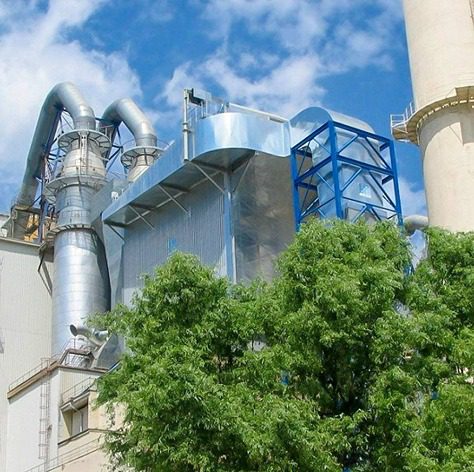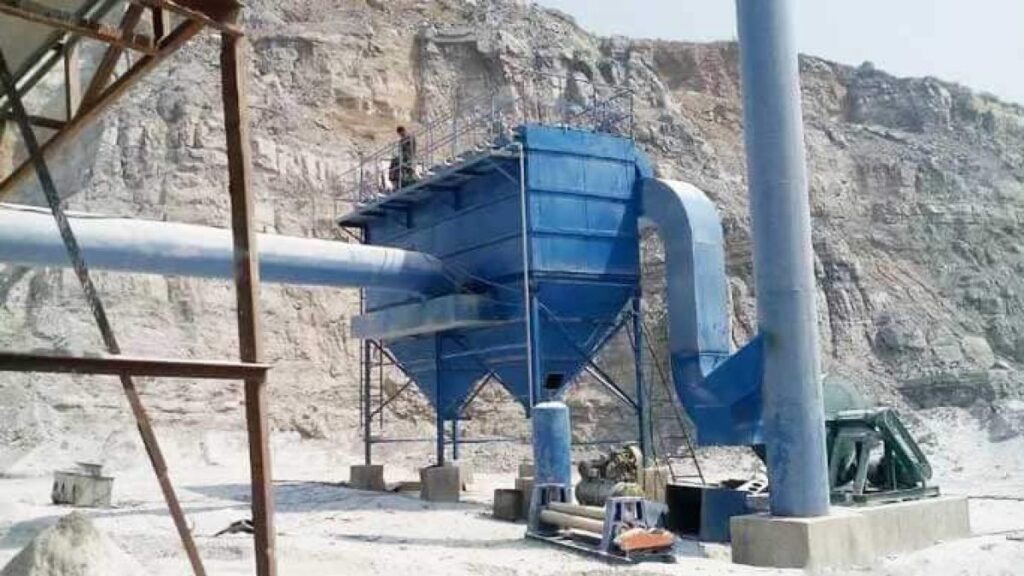Have you ever wondered why construction sites have those towering vacuum cleaners, while your home air purifier seems like a much smaller, quieter device? The answer lies in the distinct roles of dust collection and air filtration. Both are crucial for maintaining clean air, but they target different threats and operate in different environments.
Dust Collection: Targeting Large, Visible Particles
Dust collection systems are specifically designed to capture large, visible dust particles generated during activities like construction, woodworking, grinding, and various industrial processes. These dust particles can be harmful to human health, irritate respiratory systems, and reduce visibility in workspaces.
Dust collection systems typically utilize powerful fans or high-powered vacuum systems that create suction. Dusty air is drawn through a series of filters, with the filters trapping the large particles. Clean air, free of these large dust particles, then exits the system.
Imagine a powerful, targeted vacuum cleaner specifically designed for capturing dust generated at its source. Dust collection systems are often positioned near the equipment or activity creating the dust, maximizing their effectiveness.
Does an air filter help with dust? While air purifiers can capture some larger dust particles incidentally, their primary function is not the same as a dust collection system. Most air filters lack the power necessary to handle large dust loads.

Air Filtration: Removing Microscopic Particles for Cleaner Indoor Air
Air filtration systems focus on capturing much smaller airborne particles that are invisible to the naked eye. These include dust mites, pollen, allergens, pet dander, and even some bacteria and viruses. While some dust may be present in these microscopic particles, air filtration goes beyond just dust control.
Air purifiers or HVAC (heating, ventilation, and air conditioning) system filters use finer filtration media compared to dust collection systems. This finer media allows them to trap these microscopic particles, significantly improving the overall indoor air quality.
Imagine a bodyguard for your lungs, constantly filtering out harmful contaminants that could trigger allergies, respiratory issues, or even illnesses. Air filtration systems work continuously to maintain clean air throughout a space, promoting a healthier environment.
Air filters are not designed to handle large dust loads like construction sites, they are incredibly effective at capturing smaller dust particles that can still be detrimental to health and air quality.
Dust Collection: Targeting Large, Visible Particles
Dust collection systems are specifically designed to capture large, visible dust particles generated during activities like construction, woodworking, grinding, and various industrial processes. These dust particles can be harmful to human health, irritate respiratory systems, and reduce visibility in workspaces. Common examples of dust these systems target include:
- Sawdust
- Sanding dust
- Concrete dust
- Metal shavings
- Grain dust
Dust collection systems typically utilize powerful fans or high-powered vacuum systems that create suction. Dusty air is drawn through a series of filters, with the filters trapping the large particles. These filters can be various types, depending on the specific application:
- Bag filters: Fabric bags capture dust particles as air passes through. Periodically, the bags need to be replaced or emptied.
- Cartridge filters: Pleated cartridges trap dust and can be cleaned or replaced depending on the type.
- Cyclones: These use centrifugal force to separate dust particles from the air stream, often used in conjunction with other filters.
Clean air, free of these large dust particles, then exits the system.
Imagine a powerful, targeted vacuum cleaner specifically designed for capturing dust generated at its source. Dust collection systems are often positioned near the equipment or activity creating the dust, maximizing their effectiveness.
While air purifiers can capture some larger dust particles incidentally, their primary function is not the same as a dust collection system. Most air filters lack the power necessary to handle large dust loads. Using an air purifier in a construction zone wouldn’t be very effective, as it would quickly become overwhelmed.

Air Filtration: Removing Microscopic Particles for Cleaner Indoor Air
Air filtration systems focus on capturing much smaller airborne particles that are invisible to the naked eye. These include:
- Dust mites
- Pollen
- Allergens
- Pet dander
- Bacteria and viruses (some models)
While some dust may be present in these microscopic particles, air filtration goes beyond just dust control. It plays a significant role in improving overall indoor air quality.
Air purifiers or HVAC (heating, ventilation, and air conditioning) system filters use finer filtration media compared to dust collection systems. This finer media allows them to trap these microscopic particles, significantly improving the overall indoor air quality.Common air filter types include:
- HEPA (High-Efficiency Particulate Air) filters: These capture at least 99.97% of airborne particles 0.3 microns in size. Ideal for capturing allergens and pollutants.
- Carbon filters: These filters absorb odors and volatile organic compounds (VOCs).
- UV (Ultraviolet) light filters: Some air purifiers use UV light to kill bacteria and viruses trapped in the filter.
Imagine a bodyguard for your lungs, constantly filtering out harmful contaminants that could trigger allergies, respiratory issues, or even illnesses. Air filtration systems work continuously to maintain clean air throughout a space, promoting a healthier environment.
Although air filters are not designed to handle large dust loads like construction sites, they are incredibly effective at capturing smaller dust particles that can still be detrimental to health and air quality. Regular dust can irritate allergies and respiratory issues, and air filters help keep these dust levels under control.
Conclusion



By understanding the distinct roles of dust collection and air filtration, you can make informed choices about maintaining clean air in your specific environment. Consider these factors when making your decision:
- The type of dust or contaminants you are aiming to capture
- The environment where you need clean air
- The level of air quality improvement you are seekingFor targeted dust control at the source, prioritize dust collection systems.
For improving overall indoor air quality and reducing allergens, bacteria, and viruses, prioritize air filtration systems.
In some cases, utilizing both systems in combination can deliver the most comprehensive clean air solution.



This passage explains the difference between dust collection and air filtration. Dust collection targets large, visible particles in construction or industrial settings using powerful vacuums and filters them out. Air filtration focuses on much smaller, invisible particles like allergens and pollutants using finer filters in air purifiers or HVAC systems. They both improve air quality but target different threats and environments. Choose dust collection for source control of large particles and air filtration for overall indoor air quality improvement.






